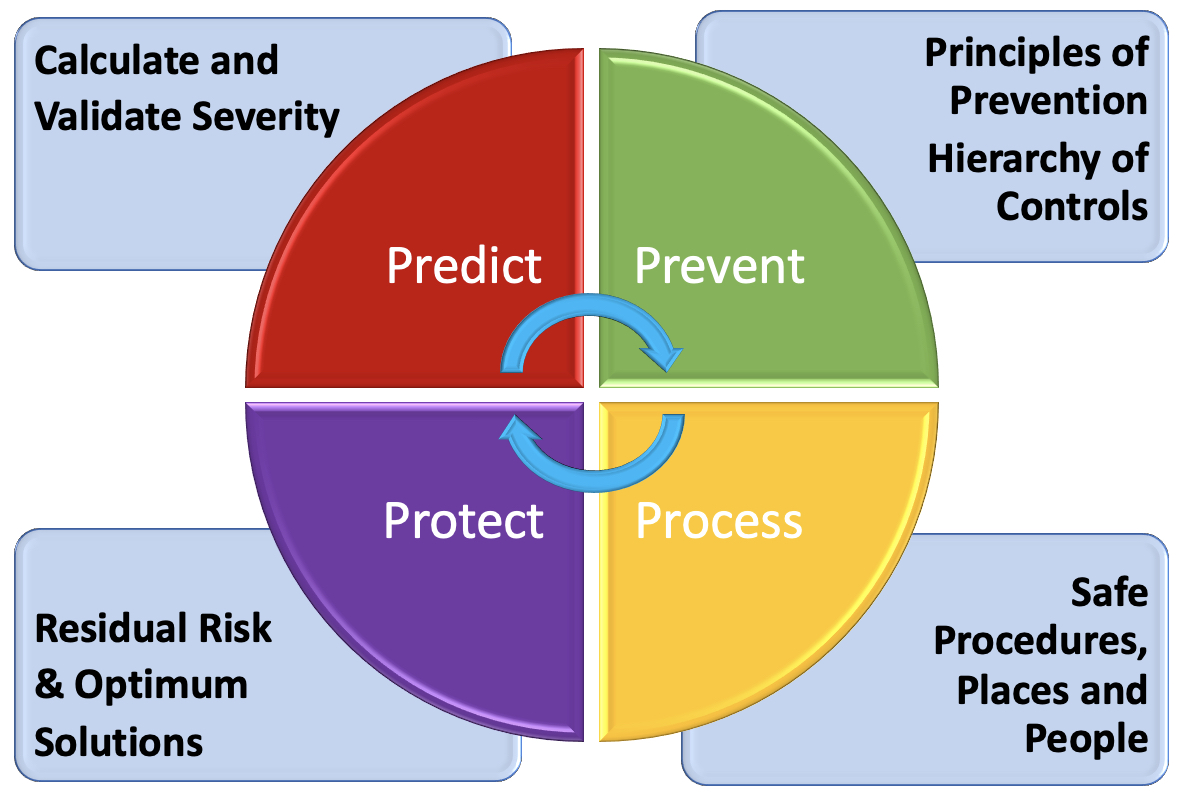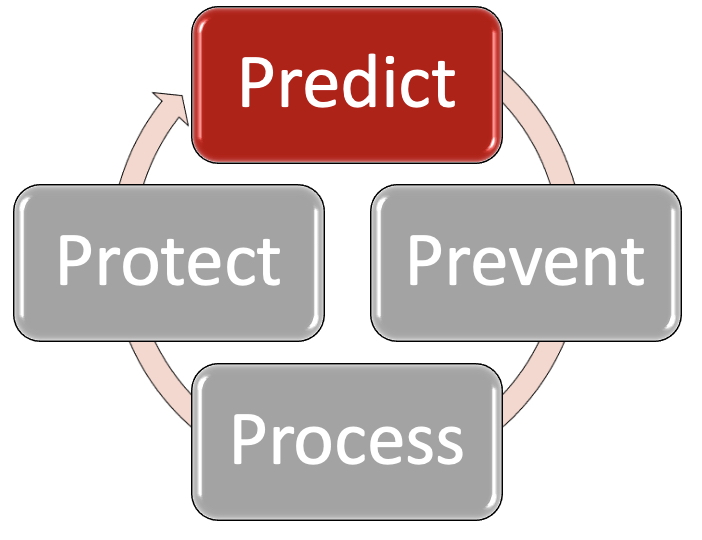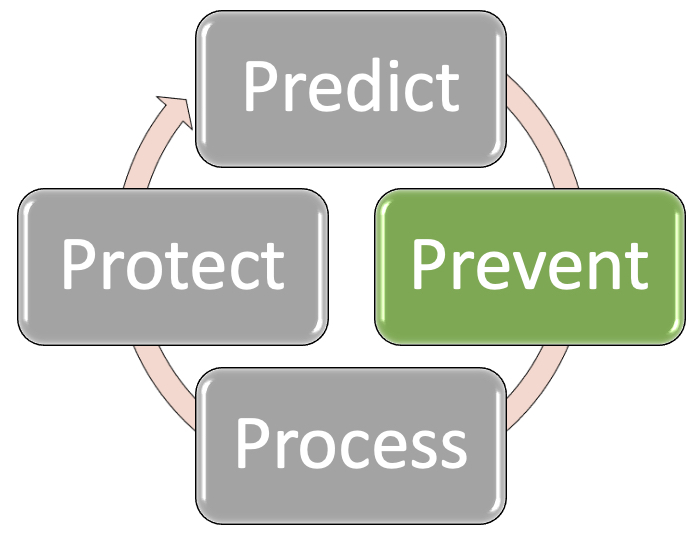We have a legal duty to carry out risk assessments in the workplace. (Note that EN 50110-1 Operation of electrical installations also states, “Before carrying out any operation on an electrical installation, an assessment of the electrical risks shall be made”) We are guided that the risk assessments have to include the following steps.
- The identification of hazards
- The identification of those at potential risk from those hazards
- An estimation of the risk involved
- Considering if the risk can be eliminated; and if not;
- Making a judgement on whether further measures to prevent or reduce the risk need to be introduced
The first step is to define the hazards. Electrical flashover is a known hazard, which will need to be taken into account when dealing with interactions with high energy electrical systems.
There are means available within this guide to evaluate the risks in line with point 3 above, which will include an assessment of the severity of the arc flash. Note that the steps are about elimination, prevention and reduction of risk and deciding on precautions does not mean a direct link into personal protective equipment. Only when prevention techniques have been exhausted should PPE be considered.
Arc flash risk assessment for workers who operate in proximity to, or on, energised electrical equipment, cables, and overhead lines, is an essential part of electrical safety management. Electrical work should be carried out with conductors dead and isolated wherever possible but there are tasks that require working either on, or in close proximity to, energised equipment. Even then it should also be acknowledged that the process of de-energisation often requires exposure to the hazard through interactions such as switching, racking and testing of equipment.
As founder of Electrical Safety UK, I was the lead consultant for The DuPont™ Arc-Guide which was written by European experts. This would take the user through a step-by-step approach to the management of the arc flash hazard and includes the application of the latest developments in prevention and mitigation measures. This will always start with a dead working policy as a matter of principle and then through a range of risk control measures before considering Personal Protective Equipment (PPE) as a last resort to protect individuals should an arc flash occur. I have refined the model, which is shown in the following diagram.
3.3 Four P's Approach to Arc Flash Management

Figure 3.2: 4P Risk Management Cycle
This cycle matrix diagram illustrates how the important first step of Predict is used to calculate the severity of the arc hazard. This is followed by Prevent in that we apply the principles of prevention and order the risk control measures in a hierarchy. The next step is Process, policies and procedures where we apply the building blocks of safe procedures, safe places and safe people. The final step is Protect which looks at providing personal protective equipment as a last resort which, if the previous three steps have been correctly applied, will cover residual risk and hopefully, result in more lightweight optimum solutions.
3.3.1 Predict

The first step in the 4P approach is to Predict the severity of an arc flash. In predicting the severity of the thermal effect of an arc flash, I recommend that the calculation methods are taken from the IEEE 1584 Guide for Performing Arc Flash Hazard Calculations 2018 which is an auditable standard and widely accepted in the electrical engineering community. Also covered and provided with this guide are other calculation means such as the commonly named German Box Test Method and the Ralph Lee Theoretical equations forvoltages over 15kV.
The IEEE 1584 calculations take into account distance to worker, conductor gap and configuration, enclosure type voltage, prospective short circuit current and disconnection time. The output relates to the amount of “incident energy” that a victim, standing at a given distance away from the arc, could receive to the skin surface. There are also accurate calculators provided with this guide to determine prospective short circuit current, which is always a key element in predicting arcing current and therefore the incident energy levels. There are calculators and tables that will help even when site data is limited such as for circuit breakers and common European style fuses.
3.3.2 Prevent

Once we have estimated the hazard level through the first step of prediction, we are guided to prevent the hazard from causing harm. Chapter 5: Prevention is dedicated to the fundamental principle of prevention starting with the elimination of live working but then going on to describe various practical solutions to help the reader to understand and to embrace methods and technologies that are available to reduce that harm to as low as is reasonably practical. Where we cannot eliminate the live working, then application of reduction or minimisation techniques will require a recalculation under the predict step.